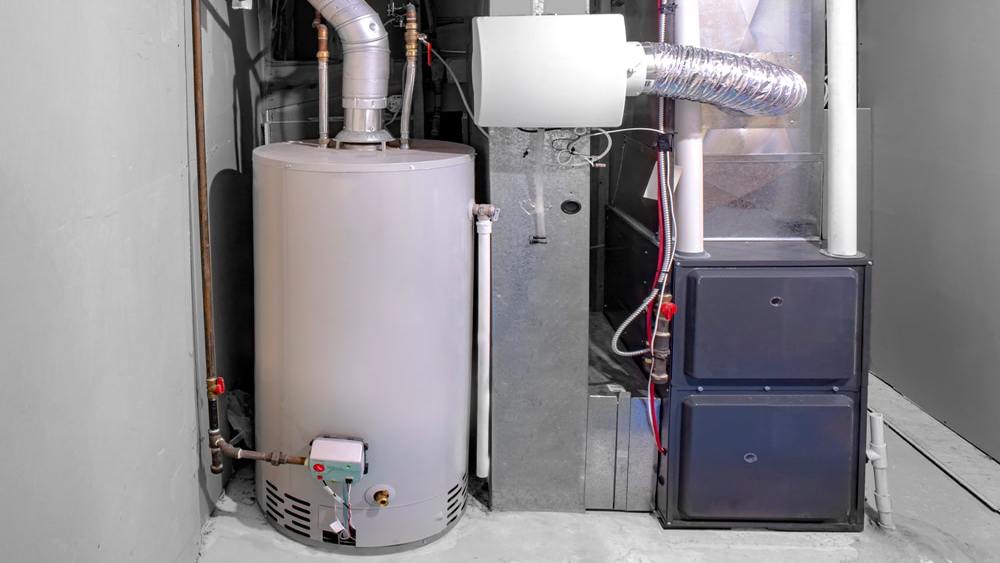Why choose our HVAC company for furnace installations and repairs in Portland?
Why choose our HVAC company for furnace installations and repairs in Portland?
Blog Article
The Ultimate Guide to Heating System Setup for a Cozy Home
Heating system installation is a vital aspect of keeping a comfy home environment, specifically throughout the chillier months. As you consider these aspects, the concern continues to be: what actions can you take to ensure your heater serves you well for years to come?
Kinds of Heating Systems

Gas heating systems are the most common choice due to their effectiveness and reduced functional prices. They make use of all-natural gas or gas, supplying quick home heating and constant performance, making them excellent for colder climates.
Electric heaters, while generally easier to set up and keep, tend to have greater functional expenses. They are often preferred in areas where gas service is not available or for homes with existing electrical framework.
Oil furnaces, though much less common today, continue to be a feasible option in specific areas. They melt home heating oil, which can be beneficial throughout chillier months, yet their reliance on oil delivery postures possible challenges.
Furthermore, there are high-efficiency designs available across these kinds, which can considerably decrease energy intake and energy costs - furnace installation. Ultimately, understanding these heating system types will help homeowners choose a system that aligns with their home heating needs, budget plan, and power preferences
Selecting the Right Dimension
Selecting the suitable size for a furnace is important to ensuring optimal efficiency and energy effectiveness. A small heater will struggle to maintain comfortable temperature levels during the cold months, resulting in raised deterioration, greater power bills, and possible system failing. On the other hand, a large heating system may cycle on and off too regularly, causing ineffective home heating and uneven temperature level distribution within the home.
To establish the correct heater size, a calculation understood as the Guidebook J load estimation must be performed. This procedure assesses different elements, consisting of the square video footage of the home, insulation degrees, window sizes, and regional climate problems. This comprehensive evaluation guarantees that the furnace fulfills the particular heating demands of the space.

Setup Process Review
In terms of products, you will certainly require ductwork, insulation, and sealing tape to ensure optimal air movement and power efficiency - furnace installation. It is also crucial to have a my sources brand-new heater filter on hand, in addition to venting products, such as PVC pipeline or metal flue, relying on the sort of heater being set up
Safety equipment, including gloves, goggles, and a face mask, is additionally crucial to shield versus dirt and debris throughout installment. Having all these tools and products conveniently available not just enhances the process however additionally enhances the safety and security and efficiency of the heating system installment.
Upkeep Tips for Durability
To make sure the durability of your furnace, it is necessary to implement a regular upkeep timetable that attends to essential elements of the system. Beginning by changing or cleansing the air filter every one to three months, as a clogged up filter can restrict air movement and decrease effectiveness. In addition, examine and cleanse the blower assembly to stop dust build-up that can impede efficiency.
Following, inspect the thermostat setups and alter if essential to guarantee exact temperature guideline. Check the ductwork for leaks or blockages, as this can cause energy loss and irregular heating. Routinely lube the electric motor and bearings according to the supplier's recommendations to minimize damage.
Specialist assessments must occur every year, where a qualified service technician can examine the heater's overall problem, check for click for info gas leakages, and make sure that safety attributes are working correctly. Take into consideration mounting a programmable thermostat to enhance energy usage and preserve consistent home temperatures. By taking on these maintenance methods, you can enhance your heater's efficiency, prolong its life-span, and inevitably take pleasure in a comfortable and comfy home atmosphere.
Conclusion

Report this page